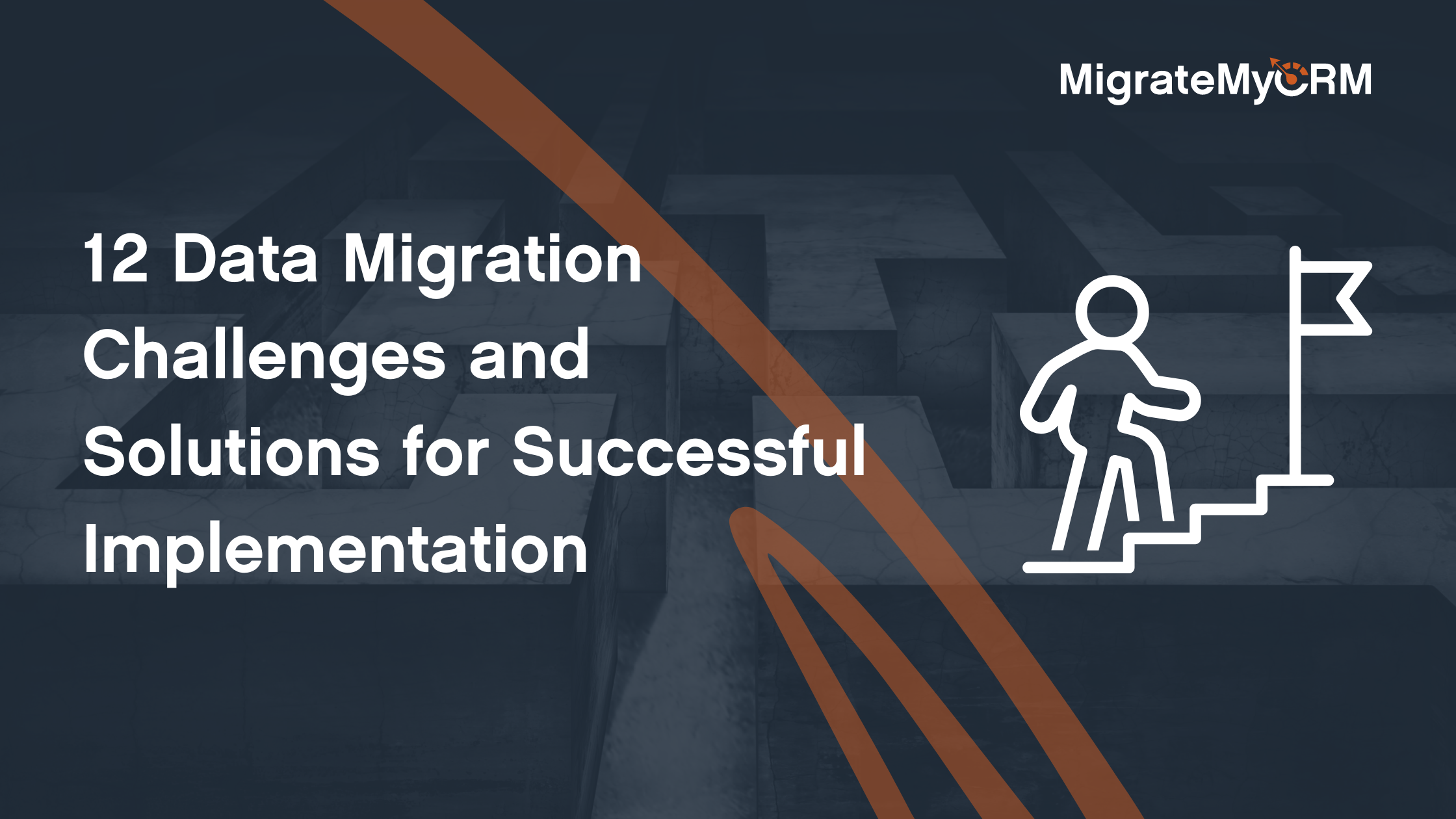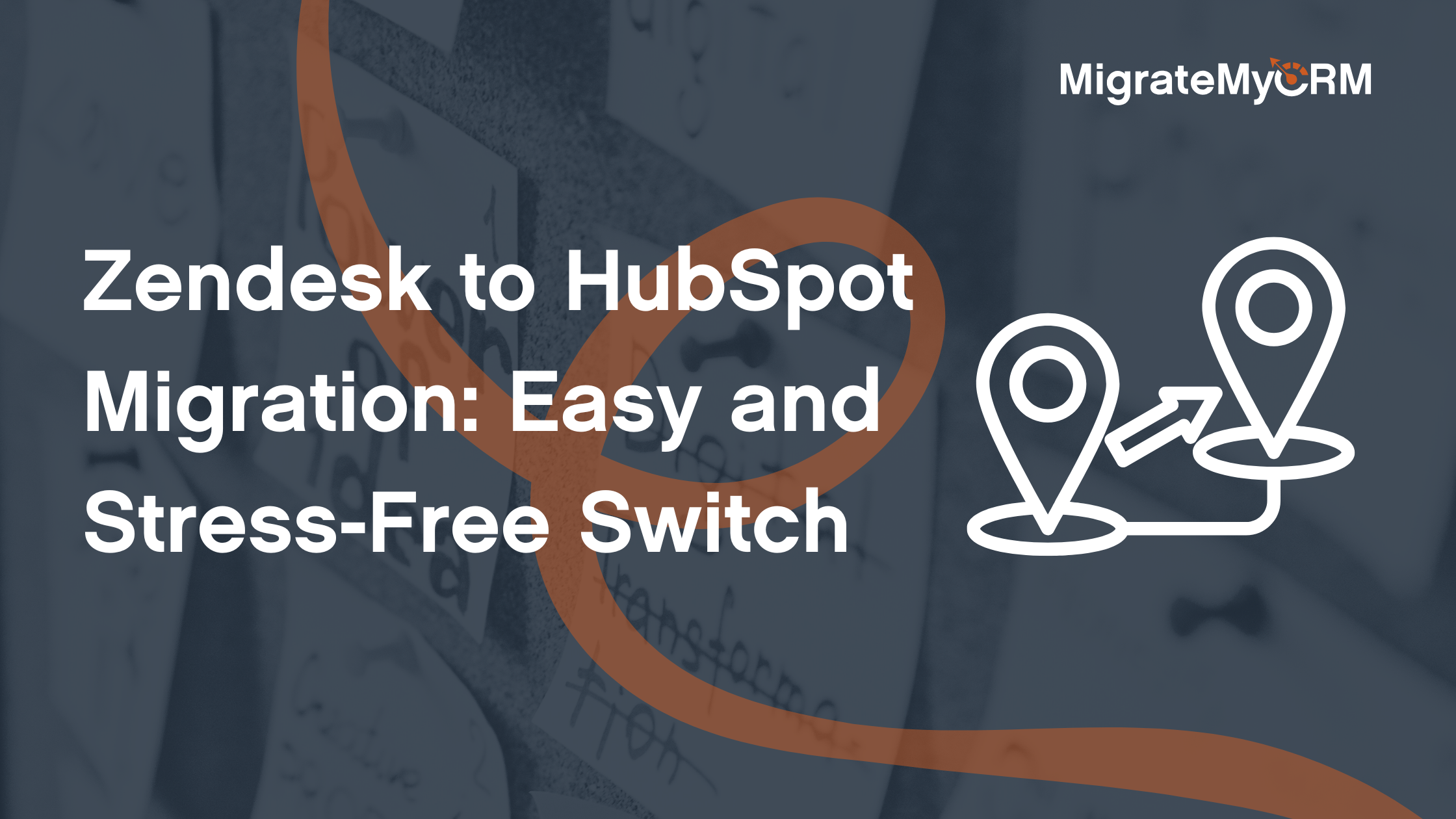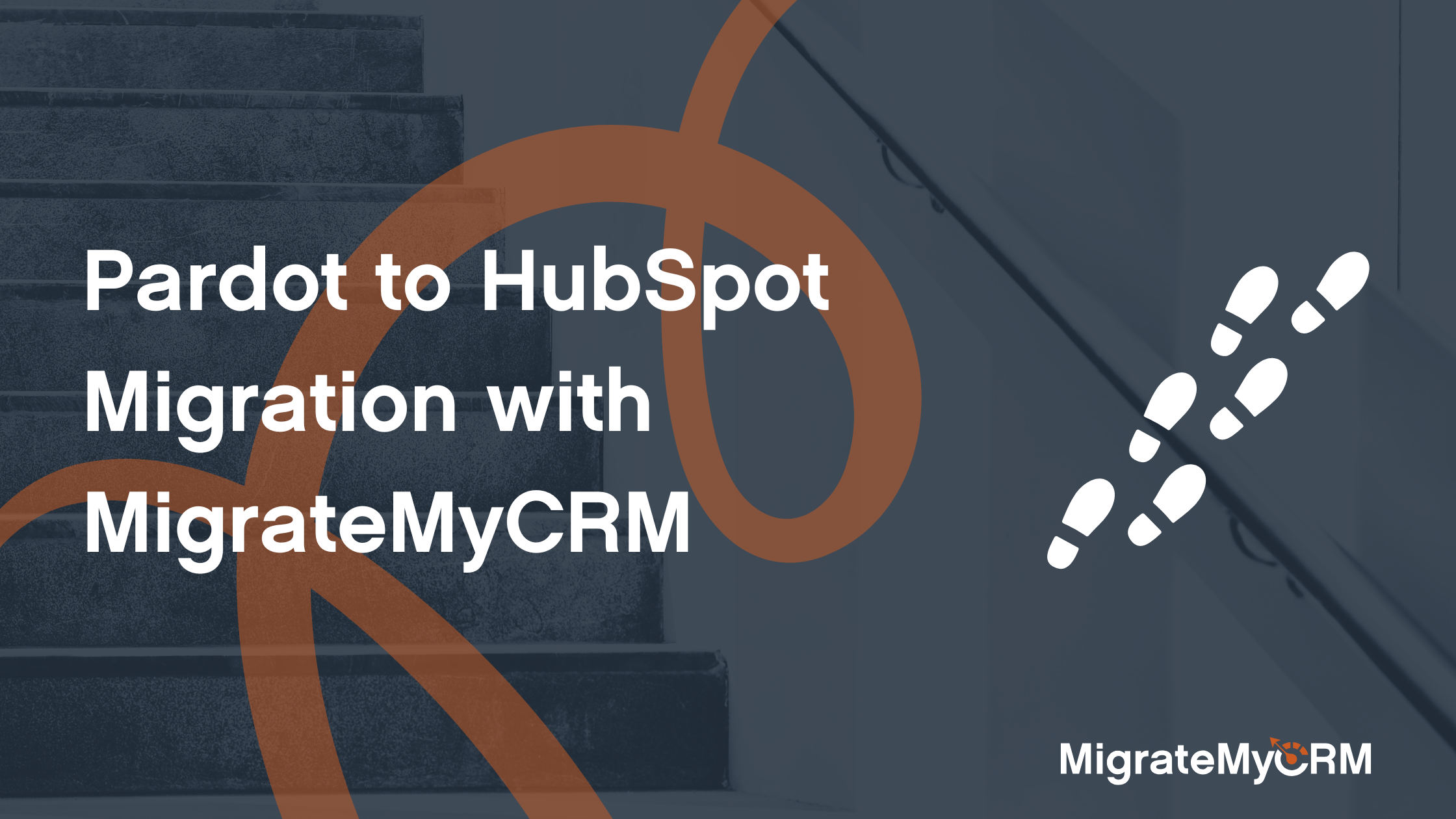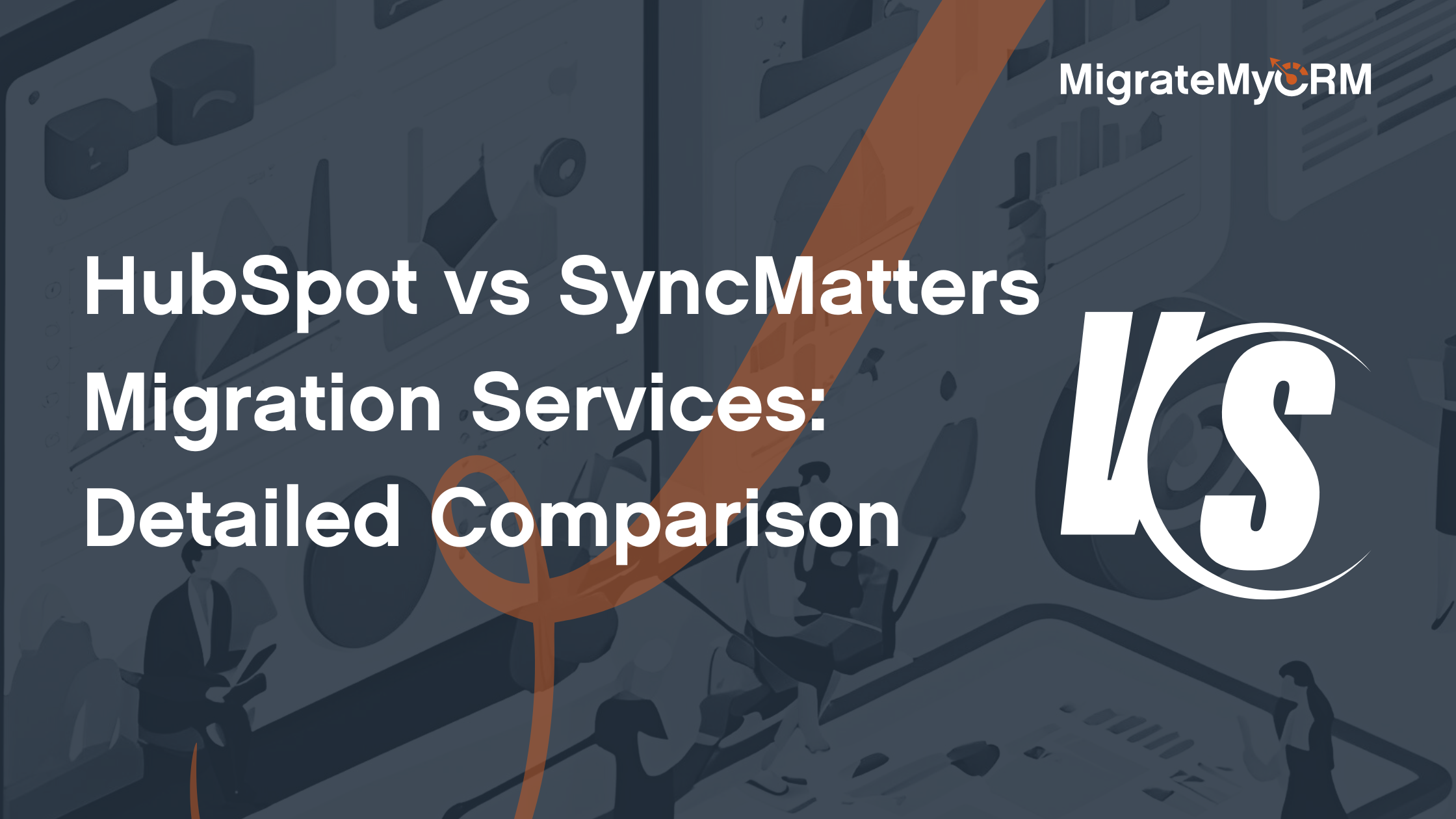7. Extended Downtime
When a migration takes longer than planned, it can spell trouble. With your systems offline, you're not collecting data, and that means losing crucial business insights—not good!
Solution: Pick a migration partner that knows how to keep downtime to a minimum. The goal is to keep things running smoothly with little disruption.
8. App Effectiveness
Your target platform may function improperly for a variety of reasons. This can be due to an application's low code quality, flaws, or its inability to handle a heavy workload. Additionally, data migrations may be the source of some app performance issues. For example, data migration problems can arise when a corporation uses unreliable or insecure solutions to migrate data.
Solution: The key here is picking the right software systems and tools for the migration. If your team lacks migration experience, it’s worth bringing in some experts. Together, you’ll choose the best tech stack that fits your business needs and workload, making sure your migration is smooth and your platform stays fast and reliable.
9. Integration Headaches
Your data doesn’t live in a vacuum—it’s usually linked to other tools and systems that help it flow smoothly. But if your migration strategy isn’t up to par, you could lose access to all the valuable insights your data provides, and that’s a big problem!
Solution: The key to avoiding this is clear communication. Lay out your business goals right from the start. Your tech partner also needs to make sure the new system can integrate seamlessly with your existing tools.
10. User Training
Switching to a new system means your team has to shift their focus from what they know to something unfamiliar. If they don’t know how to navigate the new setup, human errors are bound to happen.
Solution: If your crew is new to the system, it’s time for some training! Yes, pulling people away from their regular tasks to teach them can feel like a disruption, but skipping this step is a risky move. Proper training minimizes mistakes and helps your team get comfy with the new tech.
11. Unplanned Costs
Unexpected complications, like needing to reconfigure your systems or hire additional support, can blow your migration budget out of the water.
Solution: Create a reserve fund in your budget for unexpected expenses. Costs should be reviewed on a regular basis and adjusted accordingly.
12. No Clear Rollback Plan
Without a rollback plan, if the migration fails or encounters common challenges of migration, you could be left with an unusable system or corrupted data.
Solution: Create a detailed rollback plan before starting the migration. Make periodic backups throughout the migration process to ensure that the system can be restored if something goes wrong.
Best Practices for an Excellent Data Migration Process
Recommended best practices for overcoming common data migration challenges and transferring information between platforms include:
- Plan and prep: Before jumping into migration mode, map out a solid plan. Determine exactly what data you're migrating, create a clear timeframe, and decide what resources you'll need to do the work correctly.
- Data mapping: Make sure the data in both systems aligns perfectly. Map it out to ensure everything important is included, and that it transfers correctly to the new platform.
- Clean it up: Nobody wants to lug around bad data. Do a clean-up to ensure only accurate and relevant data makes the journey.
- Test and validate: Don’t finalize without a test run! Migrate a sample batch first to ensure everything runs smoothly and nothing important is missing.
- Leverage migration tools: Make life easier by using a migration tool like MigrateMyCRM. Automate this procedure to guarantee that data flows smoothly and without interruptions.
- Document everything: Keep a detailed record of the entire migration process. That way, if you need to do it again, you've got a roadmap ready to go.
- Monitor and tweak: Once the data is in its new home, keep an eye on things. Verify that everything is correct and make any necessary adjustments.
- Train your team: After the migration, train your team on how to use and maintain the data in the new platform.
- Ongoing support: Successful data migration doesn’t end once the data is moved. With regular assistance and upkeep, you make sure that everything functions smoothly and without errors.
How to Pick the Perfect Data Migration Company
Even after nailing down your project’s goals, timeline, budget, and scope, finding the right company to handle your data migration can be difficult and time-consuming. What should you look for when choosing a data migration company?
First off, check if they know their stuff when it comes to data governance and compliance. You don’t want any risks of data migration down the road. Experience matters too—look for a company that’s tackled projects of a comparable scale and complexity to yours.
Next, dive into their service offerings, guarantees, and of course, cost. What’s their migration methodology? How do they handle testing? Check the skills needed to suit your specific requirements.
Don’t forget to sync up on timelines. Can they meet your deadlines without turning into a nightmare? How’s their customer support—are they responsive or do you need to chase them? Determine how much work your in-house IT staff will be responsible for.
Finally, check reviews, look into their certifications, and see if they have the credentials to back it all up. Once you’ve got all that info, prioritize what’s most important for your project and you’re on your way to a smooth migration!
With MigrateMyCRM, transferring your data between more than 25 different CRMs is a breeze. Our powerful platform is built to handle migrations with precision and reliability, ensuring that your data remains accurate, secure, and intact throughout the entire process. Contact us to get started and confidently transfer your data!






